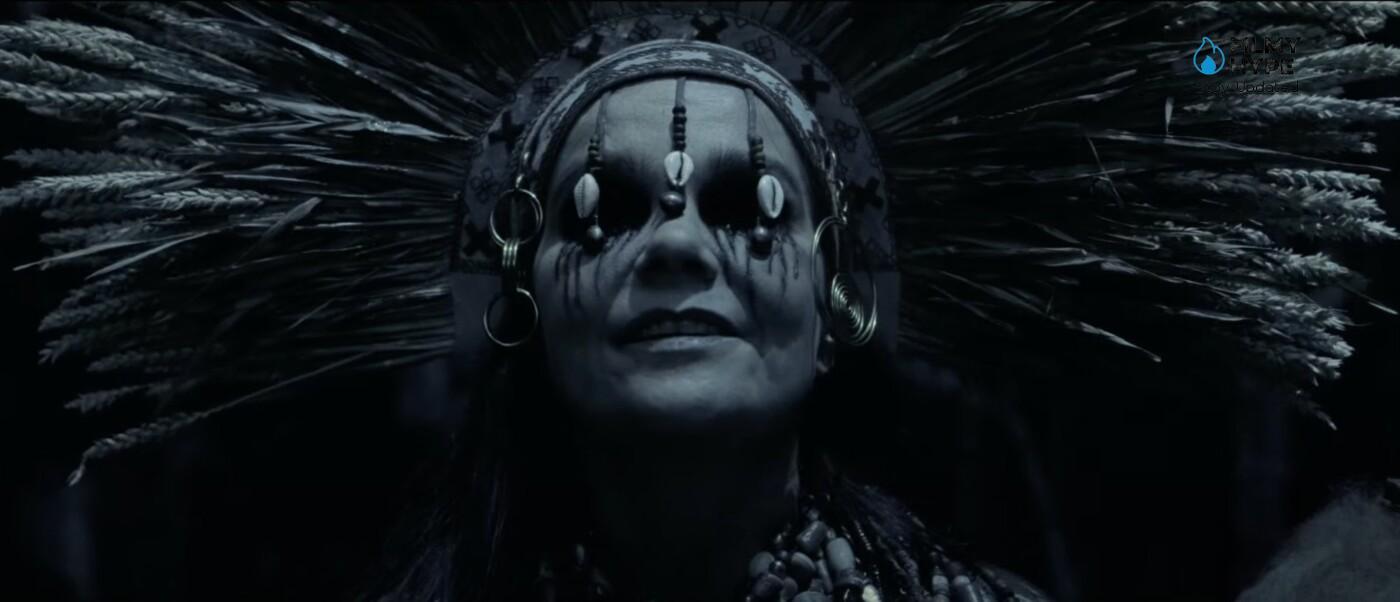The Northman: The True Story Is Inspired By The Same Story That Shakespeare Used For Hamlet
It is no coincidence that the protagonist of the film The Northman is a prince named Hamlet. In fact, Robert Eggers’ film is inspired by the same ancient oral tale that had a great influence on Shakespeare in the drafting of the theatrical tragedy of Hamlet. That of Prince Hamlet is a story that never ceases to influence new works. Made immensely popular by the Shakespearean version, it also ends up influencing the film by Robert Eggers (The Vvitch, The Lighthouse), who with The Northman tried to revive the Viking epic on the big screen.

When and Where The Northman is Set
The film is in fact set in 10th century Iceland: an inhospitable land, set by a small Norse community who fled their motherland after a rival conquered the kingdom. In the film divided into chapters we also explore Norway, the lands of Rus (today’s Slavic lands) and reference is made to Orkney.
At the center of the story, however, is the revenge of Prince Hamlet (Alexander Skarsgård), forced to leave his father’s house at a very young age after the murder of his father Aurvandil (Ethan Hawke) by his half-brother Fjölnir (Claes Bang). The narrative core of the ousting prince who wants to kill the murder of his father comes from an ancient oral tale of Viking origin, called Life of Amled.
From Saxon The Grammarian To Shakespeare: The Story Of Hamlet
The story came to us thanks to the Danish historian Sàssone the Grammatico, who lived between 1150 and 1200. In one of his famous works known as Gesta Danorum (the exploits of the Danes) he transcribed many folk tales and legends of the history of his country, allowing these tales of the oral tradition to survive over time.
In the summer of 1600, the English playwright and tragedian William Shakespeare presumably took inspiration from that tale to write one of his most famous plays: Hamlet. There is no certain proof of this fact, but from the names to the places to the events, the similarities give us some certainty about it. Furthermore, Shakespeare was a great “reworker” of ancient stories, drawing on the traditions of the classical world and using them as the basis of his works.
It should be noted that The Northman is in turn influenced by Shakespeare’s Hamlet. Ana Taylor-Joy’s character, Olga of the birch forest, is heavily influenced by Hamlet’s Ophelia, the beloved of the Danish prince destined for a tragic fate of death and madness. In Eggers’ version Olga is also endowed with magical powers and is of Slavic origin. As for the plot of the film, even the opening tale of revenge is more like Shakespeare’s vision than to the original.
What’s True in The Northman?
Director Robert Eggers is known for his great passion for history and folklore and for the Carthusian approach with which he reconstructs the historical context of his films. For The Vvitch alone he did research for 8 years, in order to reconstruct the houses, clothes and food found in 1630 New England as faithfully as possible.
In The Northman he had to face an additional difficulty as is known, in fact, much of the Viking culture has been lost due to the lack of contemporary written testimonies or written by those directly involved. Eggers said he had done extensive research and, for items lacking historical sources, turned to expert historians to speculate what the most historically accurate truth might be.
Eggers, however, does not limit himself to “copying” the literary or historical sources present: rewriting history by placing the accent on the epic of a brutal population like that of the Vikings. To find out more you can read the review of the film.
How Much Truth Is There In The Northman?
The Northman film is inspired by a tale of Viking folklore, transcribed in 1200 by Sàssone the Grammatico in Gesta Danorum. For the historical reconstruction of the film, in-depth research was carried out and expert historians of the period in which the film is set were consulted.
What Is The Relationship Between Hamlet And The Northman?
The Northman film is inspired by an oral story transcribed by Sàssone the Grammatico in Gesta Danorum (1200), the same one who probably inspired Shakespeare for his Hamlet.



